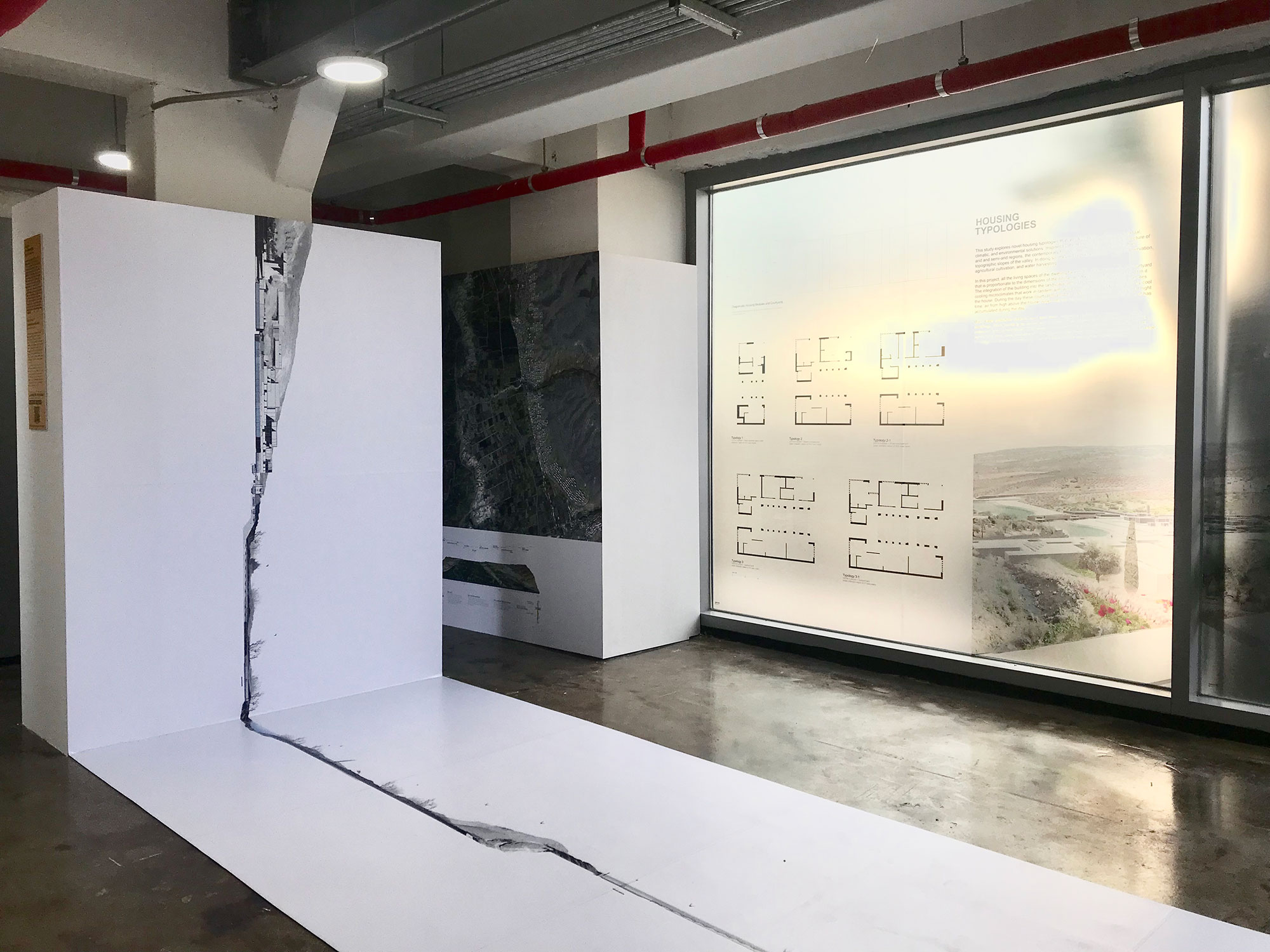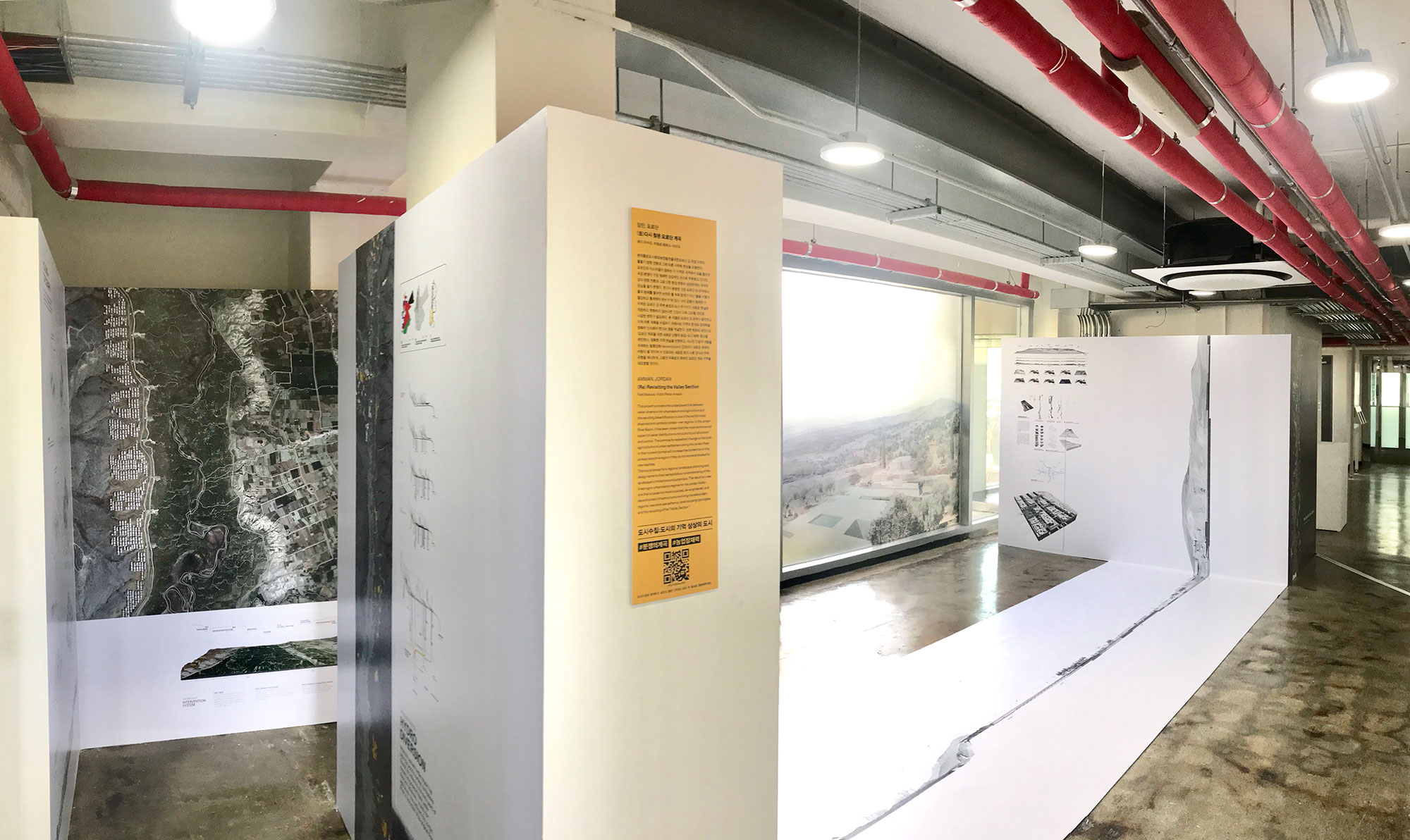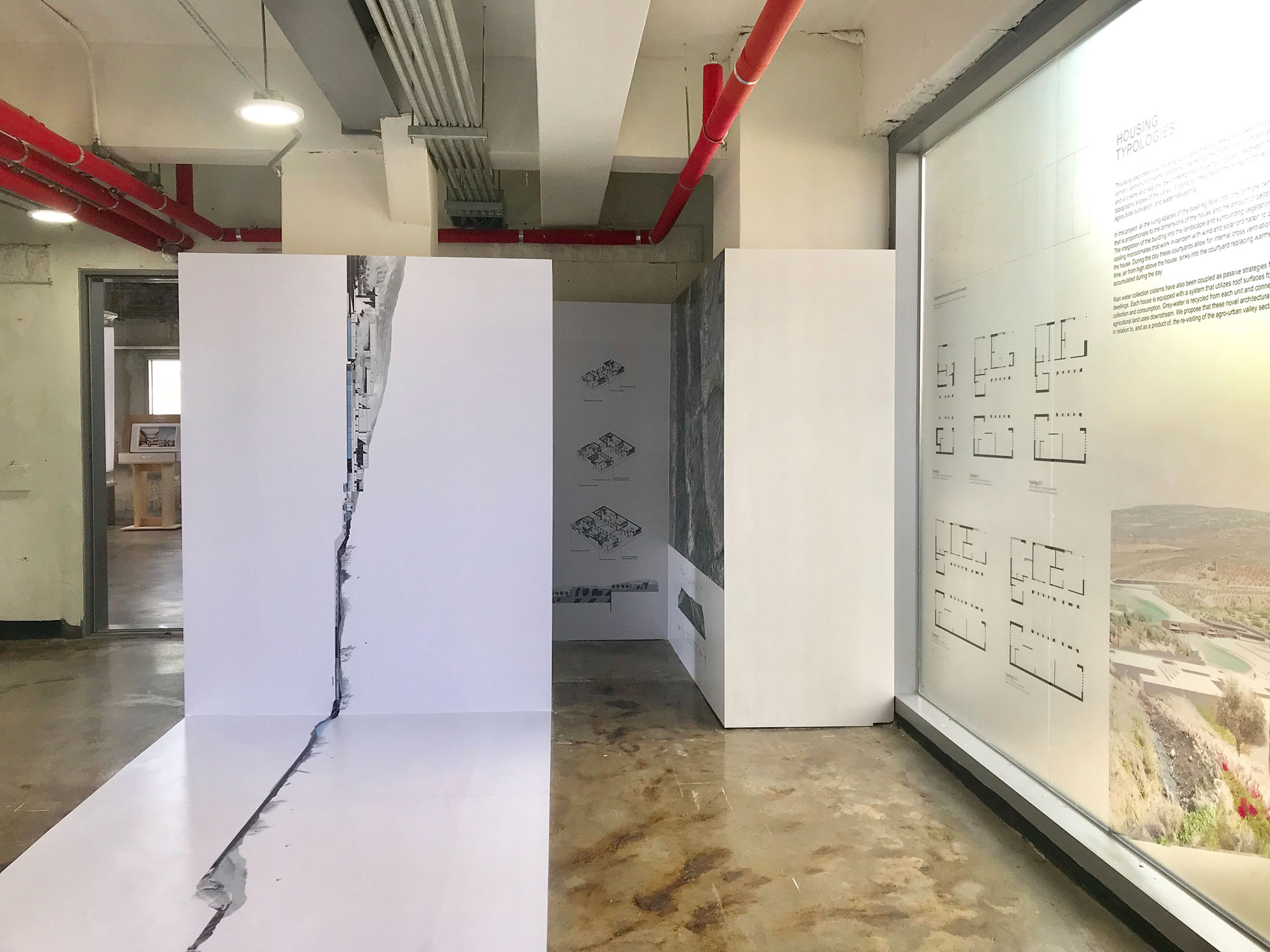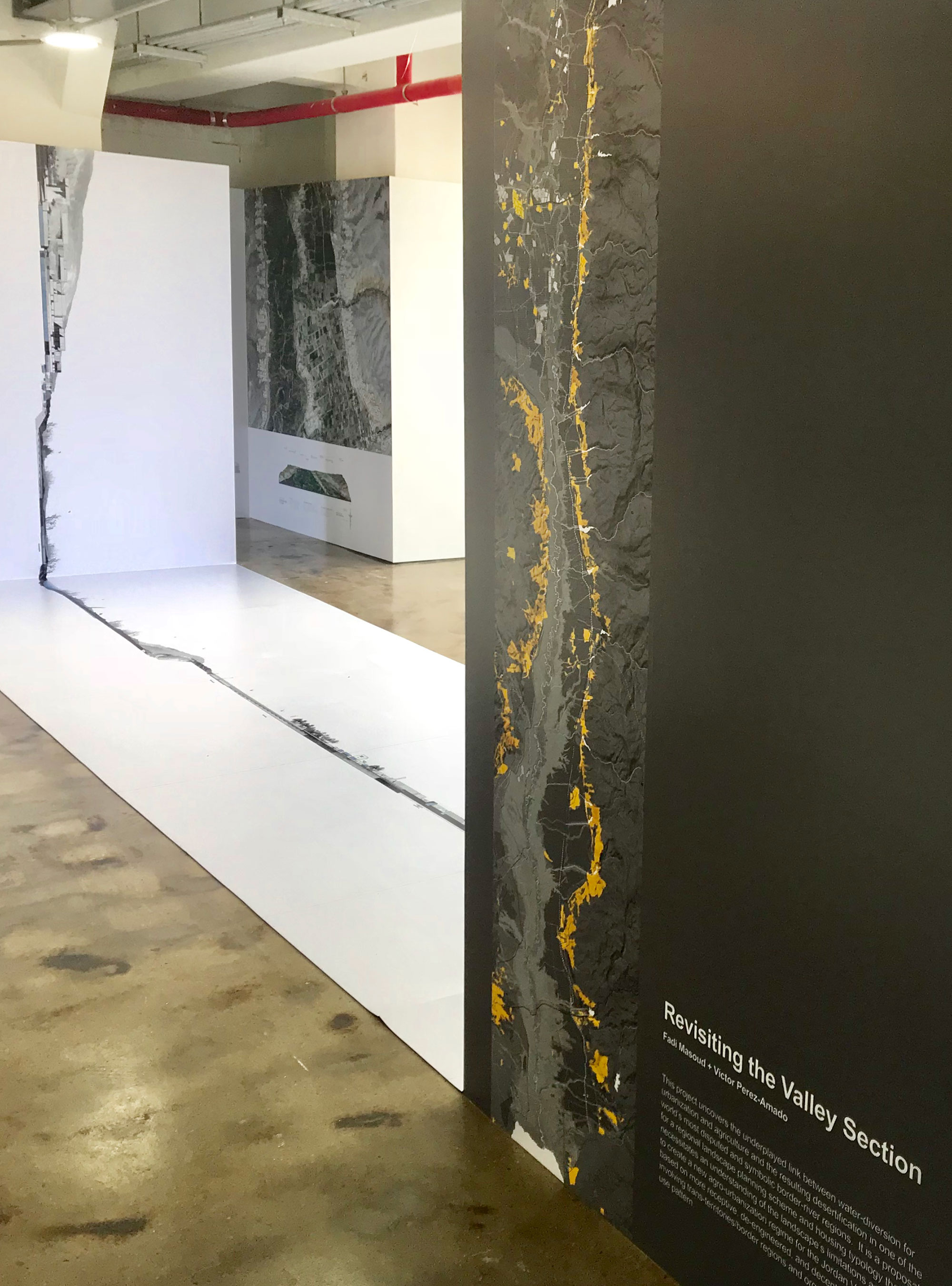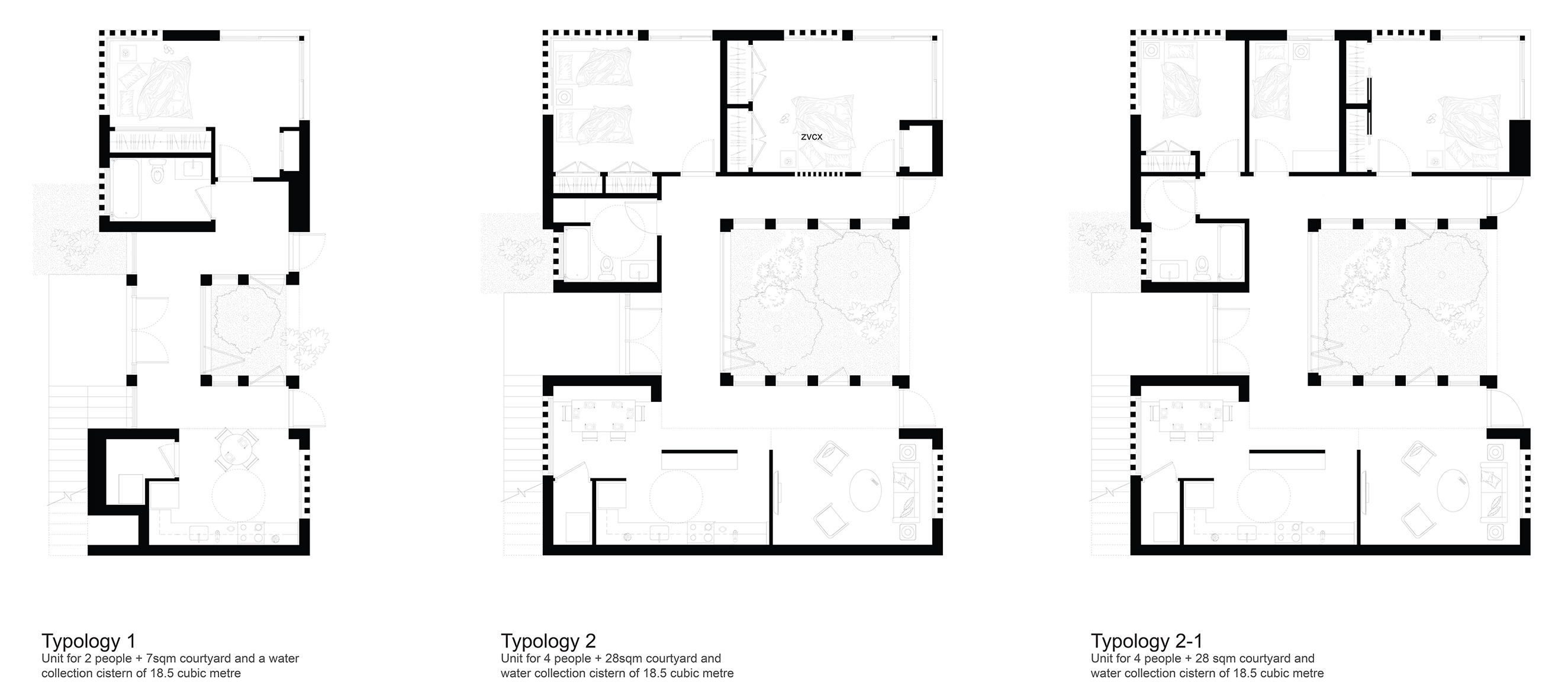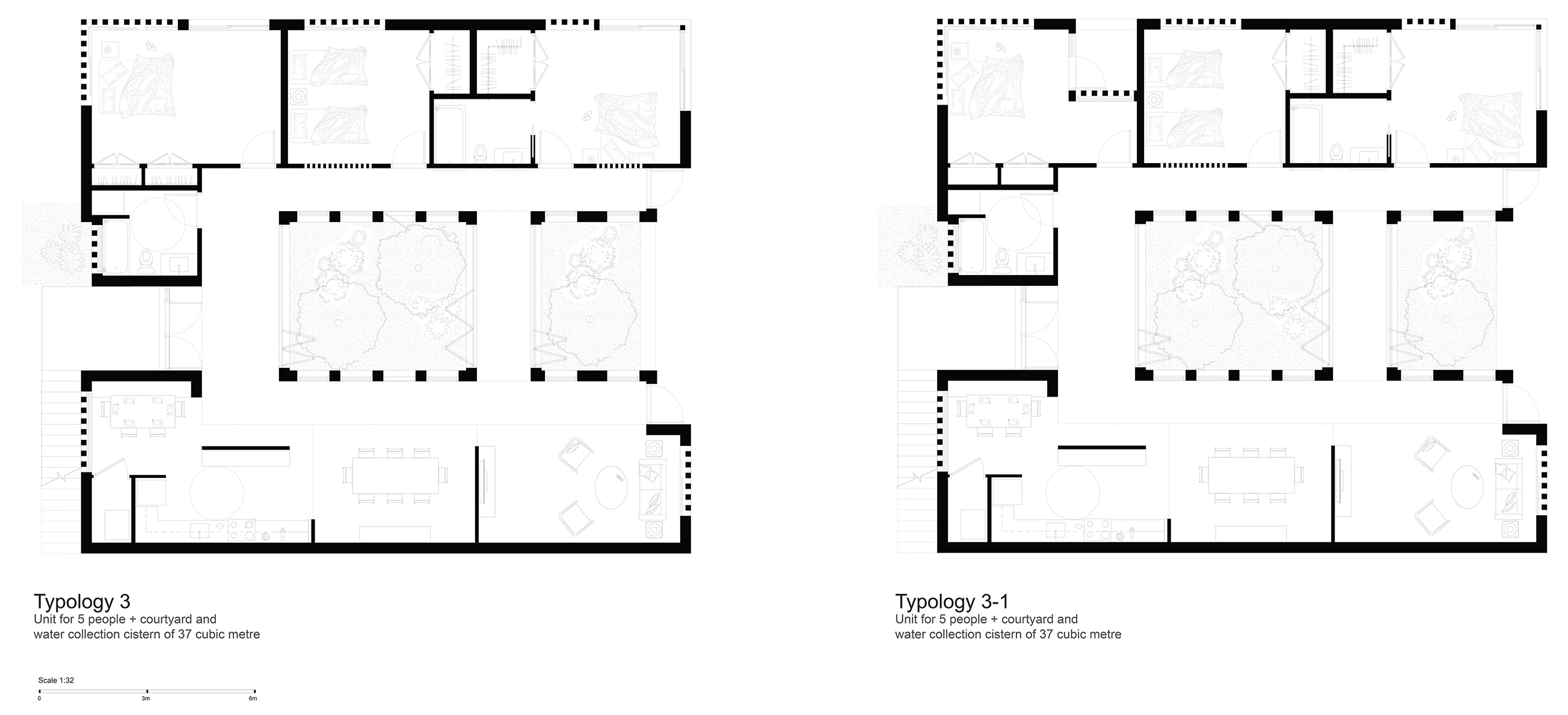01.10.19 - Fadi Masoud and Victor Perez-Amado bring Jordan Valley housing and landscape solutions to the Seoul Biennale
The Jordan Valley is located in one of the world's most disputed geographical areas, sandwiched between Israel, the occupied West Bank, and the western border of Jordan. Although the valley is riven with political strife, it's also an important agricultural region and a home to many Jordanians, Israelis, and Palestinians.
For (Re) Revisiting the Valley Section, a project now on display at the Seoul Biennale of Architecture and Urbanism, assistant professors Fadi Masoud and Victor Perez-Amado were invited to contemplate new urban forms and housing typologies that are sensitive to the landscape conditions on both sides of the Jordan Valley. Their project is a response to the Biennale's theme, "Collective City."
"The Jordan Valley is very rich in culture," Perez-Amado says. "It's very rich in history. There's already a strong tradition in agriculture there, but the buildings and the infrastructure are separated from the actual landscape and are at odds with it. Furthermore, as populations grow there's a need to provide more housing. We were looking at the potential of the landscape and its topographic conditions as the basis for urban development and decentralized infrastructure, regardless of man-made political divisions."
Masoud and Perez-Amado propose a series of new housing typologies that take the Jordan Valley's geographic and environmental context into consideration, while also referencing the traditional courtyard architecture of arid regions in the Middle East.


Section of a five-person courtyard home in the Jordan valley, as conceived by Fadi Masoud and Victor Perez-Amado.
Each housing type would be integrated into the slope of the valley, which would preserve soil for agriculture. Every home would have a central courtyard that would be planted with vegetation, to retain moisture. Systems of windows and louvres would allow each courtyard to act as a passive ventilation system.
Each home would also be equipped with a system for collecting rainwater—both from courtyards and rooftops—in cisterns. Grey water would be preserved for use in irrigation farther down the valley. This would address problems with water distribution in the valley's dry middle section. "Every drop of water counts," Perez-Amado says. "So we're trying to collect it in as many ways as we can."
(Re) Revisiting the Valley Section will be on view in Seoul until November 10.


